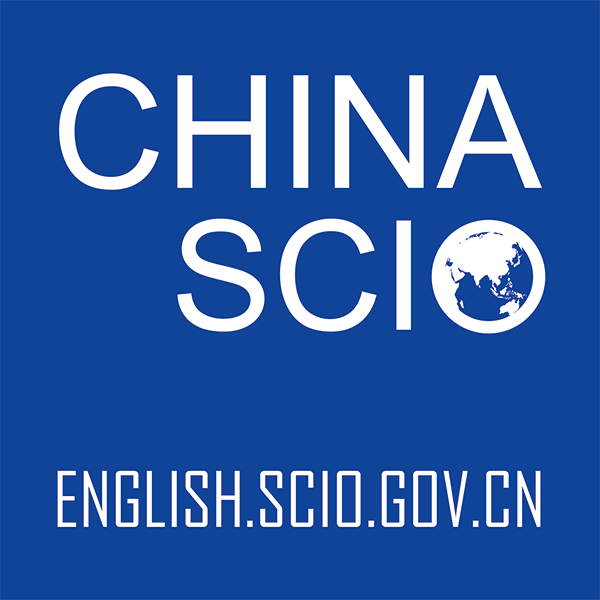


China SCIO | September 24, 2015
The Information Office of the State Council, or China's Cabinet, on Thursday issued a white paper titled "Historical Witness to Ethnic Equality, Unity and Development in Xinjiang." Following is the full text:
Historical Witness to Ethnic Equality, Unity and Development in Xinjiang
The State Council Information Office of the People's Republic of China
September 2015, Beijing
First Edition 2015
Contents
Foreword
I. Implementing the System of Ethnic Regional Autonomy
II. Upholding Ethnic Equality and Unity
III. Constantly Strengthening the Foundations of Development
IV. Improving Standards of Living for All
V. Promoting Cultural Prosperity
VI. Maintaining Social Harmony and Stability in Accordance with the Law
VII. Respecting and Protecting Freedom of Religious Belief
VIII.Promoting the Unique Role of the Xinjiang Production and Construction Corps
IX. State Support and Assistance to Xinjiang
Conclusion
Foreword
China is a unified and multiethnic country. Xinjiang has been home to several of China's ethnic peoples since ancient times. Over the long course of history the ethnic groups in Xinjiang have maintained close relations with each other, trusting and depending on each other and sharing weal and woe together. They have worked hard to build Xinjiang, to safeguard border stability, national unification and ethnic unity, and to promote the development and progress of China.
Under the unified state leadership, implementing regional autonomy in areas where ethnic minorities live in concentrated communities is a basic political system of China. It is an important step on the correct path towards resolving ethnic problems in a Chinese manner and an institutional guarantee that the path will be followed. Implementing the system of ethnic regional autonomy in Xinjiang is a measure that accords with the prevailing situation in China and with the realities of life and the needs of Xinjiang. Doing so has acted as a bulwark to national unification and to the equality, unity and development of all ethnic groups in Xinjiang.
Since the peaceful liberation of Xinjiang in 1949, and the founding of the Xinjiang Uygur Autonomous Region in 1955 in particular, Xinjiang has seen continued improvement in its standard of living, comprehensive progress in various areas, stability in the overall situation of society, and positive momentum for development. All this has been made possible by strong support from the state and other parts of the country, as well as by the concerted efforts of all of Xinjiang's ethnic groups.
In 2010 and 2014, the central government held two meetings to discuss work related to Xinjiang, resulting in a steady improvement of the guiding principles and strategies for governing Xinjiang, ushering in a new era in the economic and social development of the region.
The development and progress witnessed in Xinjiang has been achieved by all the peoples of China - including the various ethnic groups in Xinjiang - working together in pursuit of a common goal. It gives a vivid expression to the progress made by China's ethnic groups towards achieving common prosperity, and marks the successful implementation of China's system of ethnic regional autonomy in Xinjiang.
